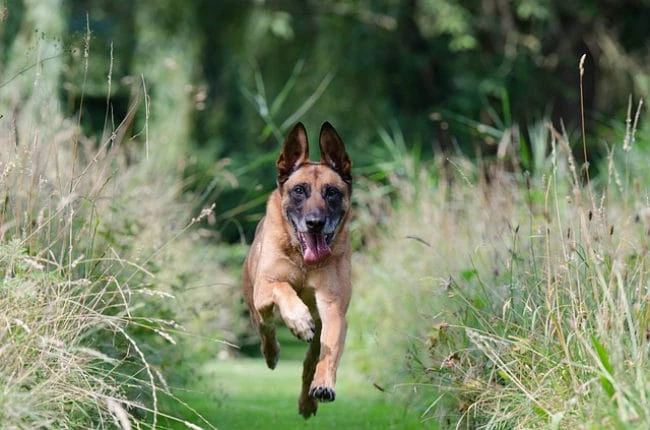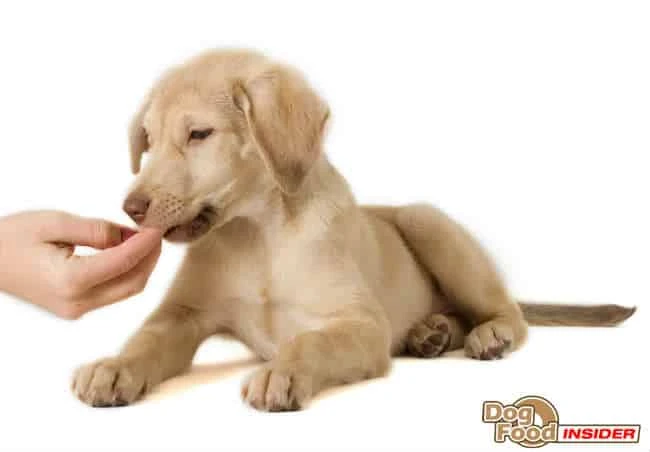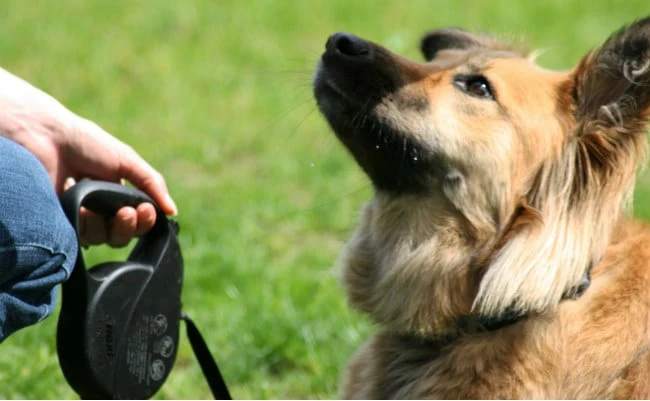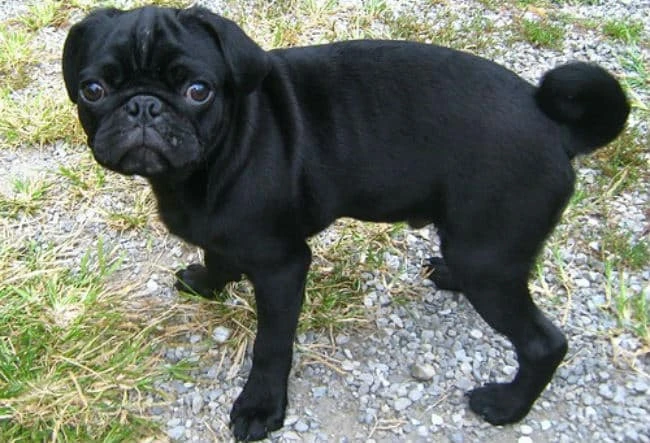House Training a Puppy, House Training a Dog, Housebreaking a Dog
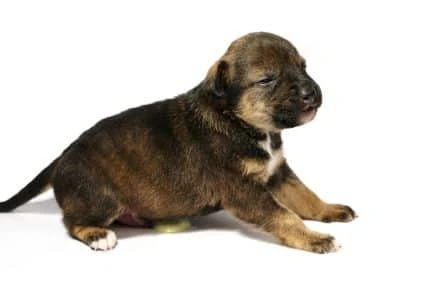
House Training a Puppy – Step by Step

House Training a Puppy…
In this section you will learn about house training puppies and dogs and the different techniques, methods, tools commands and devices that are often used when house training a puppy.
Just so you know…
Housebreaking a puppy or housebreaking a dog is exactly the same as house training but just uses a different name.
What is Puppy House Training?
In a nutshell it is the process of teaching your puppy to toilet in an area that you have chosen.
The ultimate aim of house training a puppy is to stop your puppy or dog having accidents in the House.
There are different methods often used when toilet training your puppy including puppy crate training which is a very popular technique.
You can also take a look at our section on crate training a puppy for more details on this technique.
Another method often associated with puppy house training is known as puppy potty training.
This is also a popular method, you can take a look at our section on potty training a puppy for a more detailed guide.
We will be using reward based puppy and dog training methods as this method works well and is a fast and effective way to house train your dog or puppy.
Before we get to our step by step guide – here are few things to keep in mind.
- You need to be realistic when house training a puppy – expect to see the odd accident happen in the early stages.
- Just because you open the back door does not mean that your puppy will go outside to potty.You need to attach yourself to your puppy and show him where to toilet – but more on this later.
- Remember that owning a puppy is a big commitment so you need to remain fair and consistent throughout the training process.
- If you are using training commands for a specific area, make sure that the whole family use the same command, otherwise your puppy will get confused.
- Remember that your puppy or dog can’t distinguish between your brand new sofa and a piece of newspaper on the floor – when he wants to potty he will just do it – it is up to you to let him know where he can and can’t potty.You can find more information on paper training as a house training tool in our section on puppy pad training.
- You need to remember that it often depends on your puppy’s age as to how capable he is in the house training process and how long he is able to hold his bladder.We have included a complete step by step guide to the different capabilities a puppy has from birth to 24 weeks of age in our section on puppy training tips – you will find this essential reading.
- An approximate guide to the amount of time a puppies can hold their bladder, you should add an hour to their age e.g. if your puppy is 4 months old then he should be able to hold his bladder for 5 hours and if your puppy is 5 months old he should be able to hold his bladder for 6 hours.
- Keep a puppy house training schedule and practice everyday.Always aim to feed your puppy at the same time everyday and take away the water bowl at night and return in the morning.
- Don’t feed your puppy close to bed time.
- We recommend using a crate if you have a puppy as it enables you to closely supervise your puppy, and if he does have an accident – it is confined to one area.
- Don’t place your puppy and his crate in some far off room away from you and the family otherwise he may develop puppy behavior problems.By being able to closely watch and supervise your puppy you are far more able top catch any problems before they develop into more serious issues.
- Another good reason to use a crate is because a puppy will naturally want to keep his crate clean – he was trained to do this by his mum in the litter.A puppy will not naturally want to poop or pee where he sleeps.For more detailed instructions refer to our section on potty training a puppy and potty training a dog – this is also essential reading as we have included a house training and toileting schedule – timetable.
- Always take your puppy outside straight after he has eaten.
Some people believe that their puppy is completely house trained – even though they have the occasional accident on the carpet or raise their leg on the sofa… no this is not a house trained puppy… it’s nothing to be ashamed about, you just need to accept that their is a problem…but it is quite easy to cure…so lets get started!
House Training a Puppy – Step 1
1. Attach a leash to your puppy you need to be in control when puppy house training, if you are attached to your puppy then he can’t go running off around the garden.
2. Take some treats out with you, make sure they are treats that your puppy loves remember we are using reward based dog training methods.
3. Ok it’s time to take your puppy outside, put a cue on this something like “come on outside”or “wanna go outside” – we use “toilet time” as it is short and snappy and we have used it with every puppy that we have owned and trained.
4. When you have decided on the cue to take your puppy outside – use the same cue every-time throughout the training process. By keeping the same cue your puppy will learn to associate the cue phrase with going to the toilet outside.
5. Now that your puppy and you are attached to each other outside, watch for signs that he is about to potty this may be sniffing the ground or doing the ‘toilet dance’ as we call it, this is when your puppy starts walking around in circles.
6. As soon as you see the signs-use another cue phrase – decide on one – we use “go potty”. Say this cue at the exact point he is about to toilet.
7. After your puppy has done his business praise and reward him – don’t just say “good boy” – really make a big deal of him lots of praise and reward with a treat.
Step 2.
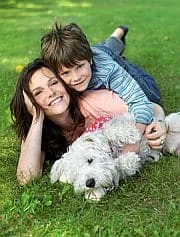 1. After your puppy has done his business you can let him off his leash. Use another cue such as”play time” or “go play”.
1. After your puppy has done his business you can let him off his leash. Use another cue such as”play time” or “go play”.
This is a really effective technique to use when house training a puppy as it trains your puppy to do his business first and fast – as he will want to toilet quickly so that he can play.
2. If during the house training process your puppy is not toileting in his allotted time pick him up and take him inside and place him in his crate for 10-15 minutes, but watch him.
3. The crate us an excellent house training tool – you are not using it as a punishment – just a tool.
By being confined in his crate for a few minutes you can watch him and it stops your puppy from having the opportunity to pee or poop around the House.
House Training a Puppy – Golden Rules
1. When house training a puppy we recommend using reward based methods – which simply involves rewarding your puppy when he exhibits good behavior this is called positive reinforcement.
2. When you are house training a puppy remember that he is just a baby – so his attention span will be short.
3. Remember if you are trying to train an adult dog he may ha
